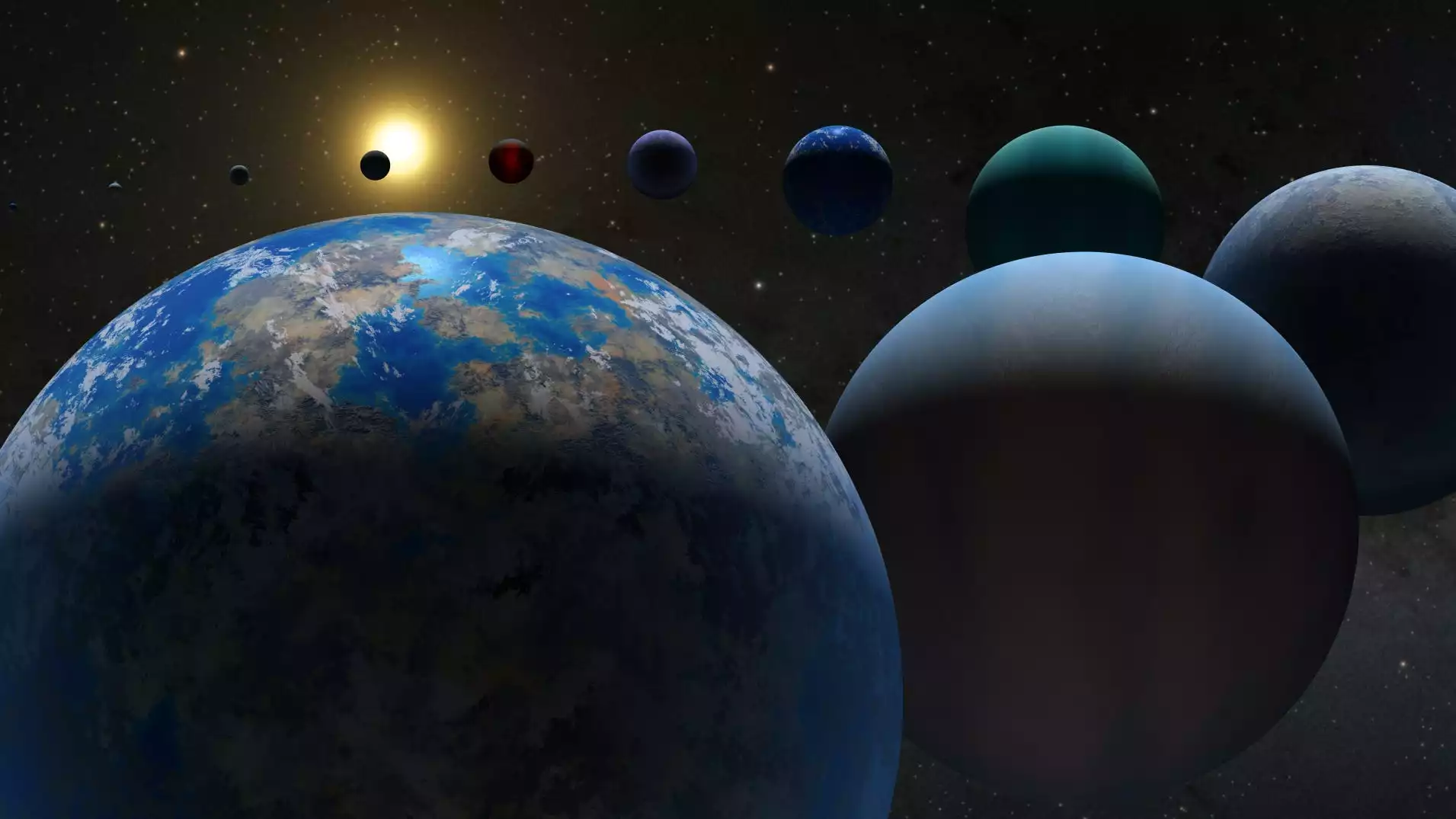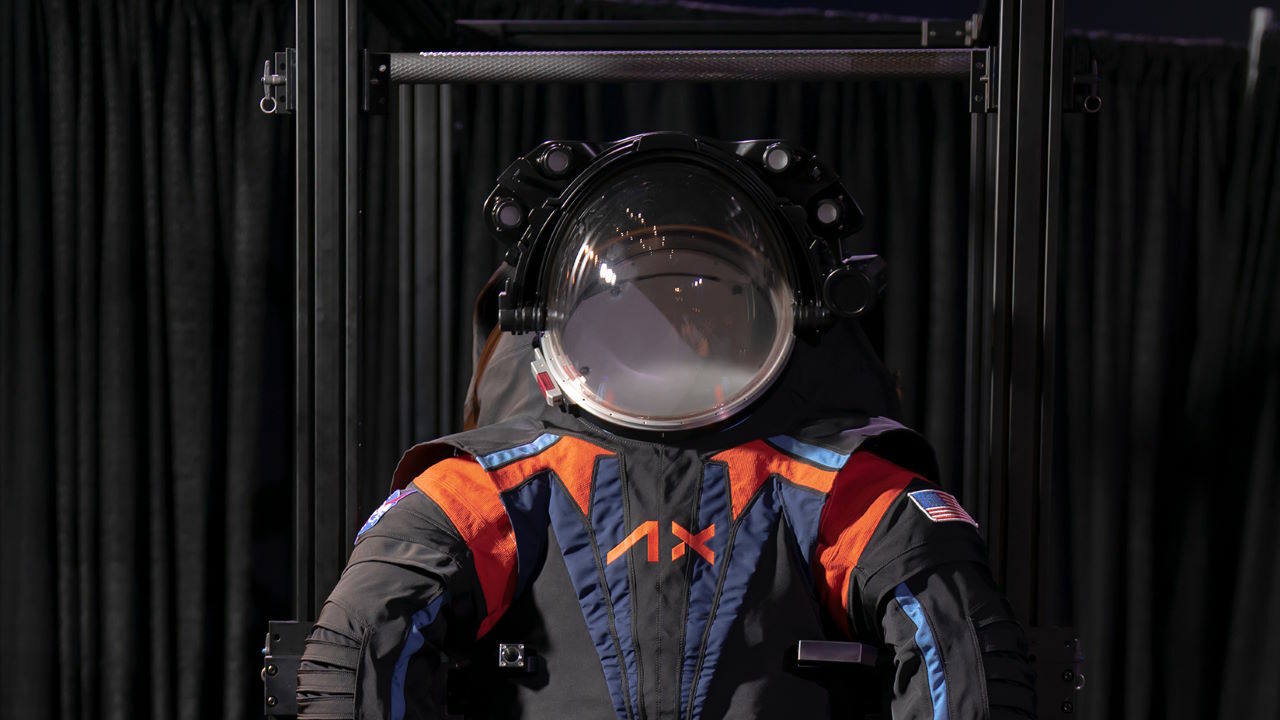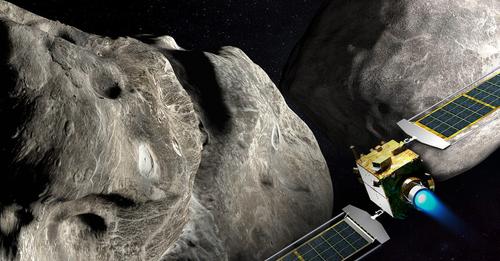The James Webb Space Telescope from NASA may soon take over the job of looking into the rocky world.
If NASA’s collection of more than 5,000 exoplanets were a zoo, you’d see planets that look just like Jupiter around every corner and worlds with rain that doesn’t make water at the front. Behind empty paths, you’d find hellish landscapes and maybe a pop-up exhibit of an ocean planet that Poseidon dreamed up. But if this zoo was really like life, most scientists would probably walk into a room with all the planets that sound “normal.” Places that look a bit like Earth are most likely to have life.
NASA’s exoplanet division, for example, says that Trappist-1 is the other planet system that has been studied the most after our own. It looks a lot like Earth, with seven rocky worlds that could hold water.
Amary Triaud, Professor of exoplanetology at the University of Birmingham, said in a statement, “It is important to find as many temperate terrestrial worlds as possible to study the variety of exoplanet climates and, eventually, to be able to measure how often life has arisen in the cosmos.”
As a result, Triaud and a group of international astronomers announced on Wednesday the exciting discovery of two more temperate, terrestrial muses to explore. This pair of planets orbit a star 100 light-years from Earth. The star is called Speculoos-2, just like the cookie, after the telescopes that found them as part of the Search for Habitable Planets Eclipsing Ultra-cool Stars project. The results of the study will be written up in an upcoming issue of the journal Astronomy & Astrophysics.
The Trappist-1 planetary system, which we discovered in 2016, is one example of a possibly habitable terrestrial planet that may pass in front of one of our neighborhood’s tiniest and coolest stars as part of the Speculoos project. said Michal Gillon, the lead researcher for the Speculoos project and a professor at the University of Liege. With large telescopes like the James Webb Space Telescope, such planets are extremely useful for examining their atmospheres in detail and searching for chemical indications of life.
Exoplanet profiles
According to the researchers of the new study, one of the two worlds had already been found by NASA’s Transiting Exoplanet Survey Satellite. However, it wasn’t until Speculoos came along that scientists knew for sure that this world was a planet.
Then, after doing some research, the team came to the conclusion that the world, which they called LP 890-9b, is about 30% bigger than Earth and goes around its star once every 2.7 days.
In a statement, Laetitia Delrez, a postdoctoral researcher at the University of Liège and the article’s lead author, said in a statement, “A follow-up with ground-based telescopes is often needed to confirm that the detected candidates are planets and to refine the measurements of their sizes and orbital properties.”
The other planet, which was called LP 890-9c, was a little bit stranger. It wasn’t known before. But after some testing and sorting through data, the team figured out that the world is about 40% bigger than Earth and has an orbital period of about 8.5 days, which is a bit longer than Earth’s.
Researchers say that the exoplanet’s orbital period means it is in the “habitable zone” of its star. The “habitable zone” is the area around a star that is neither too hot nor too cold for liquid water to stay there for billions of years. The range is sometimes called the “Goldilocks zone,” which is a good name for it. This allows us to examine the planet more closely, determine whether it has an atmosphere, learn more about its inhabitants, and determine whether or not it would be a good location to live, according to Triaud.
If NASA’s Webb telescope can figure out how to decode some of that data, it might help answer the biggest question of all: Are we the only ones in the universe?
But try not to get too excited. That probably won’t happen for a long time. Until then, you can find me at the exoplanet zoo, probably at the exhibit about planets that aren’t round. The shape of this one looks like a rugby ball. Isn’t that the strangest thing?






Leave a Reply